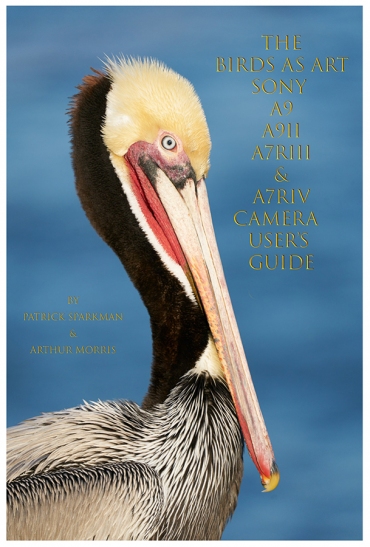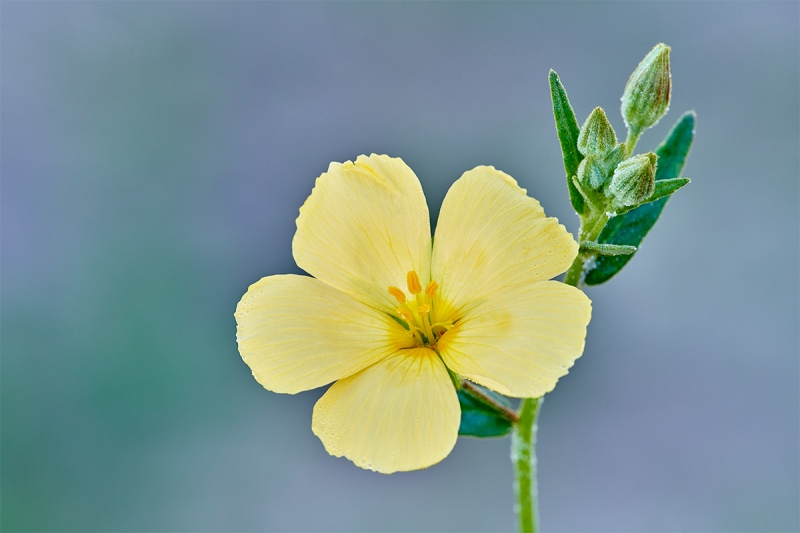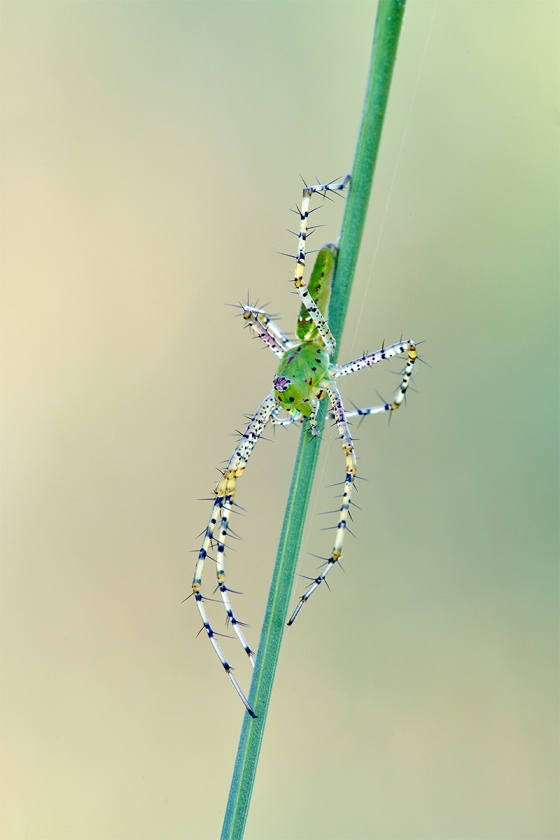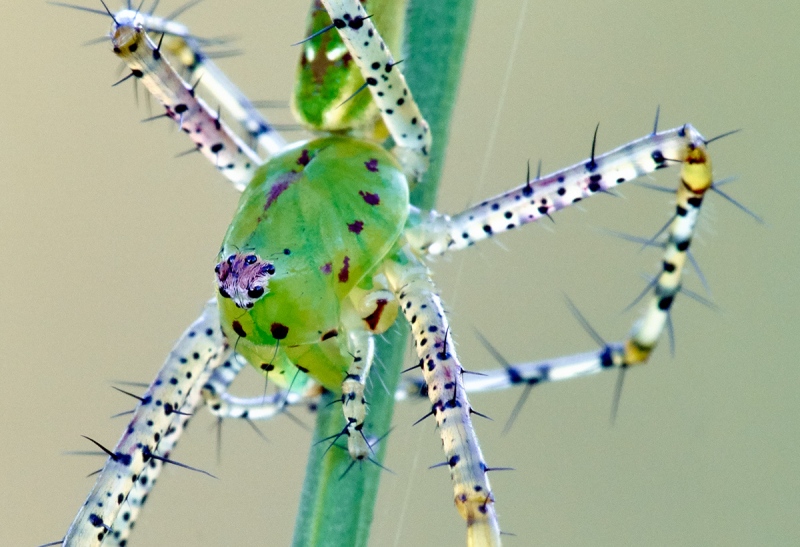What’s Up?
I have been alternating between birds and flowers on my morning photo sessions. On Monday I began with a nice adult Crested Caracara hanging around the base of the pier and then did some of the Mother’s Day crane family — two adults and the large, surviving colt. I am loving swimming in my now-cool pool so much that on Sunday I did a full mile (88 lengths). I am blessed in many ways.
The weather for today — Tuesday 11 AUGUST 2020 — is for hot and sunny yielding to hot and cloudy with scattered thunderstorms in the afternoon. In other words, par for the course. I will be heading out with all of my SONY gear at about 7am.
If you have a moment, please leave a comment and let us know which of today’s featured images you like best and why.
Please Remember
If you enjoy and learn from the blog, please remember to use one of my two affiliate programs when purchasing new gear. Doing so will not cost you a single penny and if you use Bedfords, you will save at least $50.00 on all orders greater than $1000.00. In these crazy times — I am out at least forty to sixty thousand dollars so far due to COVID 19 (with lots more to come) — remembering to use my B&H link or shop at Bedfords will help me out a ton and will be greatly appreciated. Overseas folks who cannot order from the US because of import fees, duties, and taxes can always help out by clicking here if they see fit.
BIRDS AS ART
BIRDS AS ART is registered in the U.S. Patent and Trademark Office.
The BAA Used Gear Page
The BAA Used Gear Page is the place to sell your used photographic equipment. We will help you to get your gear sold quickly for 20 to 60% more than what the big guys are offering … Doubt me? Check out the Past Sales list at the bottom of the page.
SONY e-Guide Discount Program
Purchase a (new) qualifying SONY camera body (a7r iii, a7r iv, a9, a9 ii) from Bedfords or using a BIRDS AS ART B&H affiliate link, and you will receive a $40 discount on the SONY e-guide. Purchase a (new) SONY 200-600mm G lens from Bedfords or using a BIRDS AS ART B&H affiliate link, and you will receive a $25 discount on the SONY e-guide. Purchase a (new) SONY 600mm f/4 GM lens from Bedfords or using a BIRDS AS ART B&H affiliate link, and you will receive a free SONY e-guide with one or two videos.
Please send your Bedford’s or B&H receipts to me via e-mail to receive your discount and your ordering instructions. Folks purchasing from Bedfords and using the BIRDSASART code will save $50. Folks sending their B&H receipts may need to wait a few days to have their purchases confirmed. Folks using Bedfords will have their purchases confirmed immediately.
|
|
|
106 sold to rave reviews. The SONY e-Guide by Patrick Sparkman and Arthur Morris |
The Sony Camera User’s e-Guide (and Videos)
Click here to purchase the guide with one Camera Set-up Video. Be sure to e-mail us by clicking here to specify your camera body so that we can send you a link for the correct video.
Click here to purchase the guide with two Camera Set-up Videos. Be sure to e-mail us by clicking here to specify your two camera bodies so that we can send you links for the correct videos.
Click here to learn more about the SONY e-Guide.
The BAA Used Gear Page
The BAA Used Gear Page is the place to sell your used photographic equipment. We will help you to get your gear sold quickly for 20 to 60% more than what the big guys are offering … Doubt me? Check out the Past Sales list at the bottom of the page.
Money Saving Reminder
If you need a hot photo item that is out of stock at B&H, would enjoy free overnight shipping, and would like a $50 discount on your first purchase of more than $1000.00, click here to order and enter the coupon code BIRDSASART at checkout. If you are looking to strike a deal on Canon or Nikon gear (including the big telephotos) or on a multiple item order, contact Steve Elkins via e-mail or on his cell at (479) 381-2592 (Eastern time) and be sure to mention your BIRDSASART coupon code and use it for your online order. Steve has been great at getting folks the hot items that are out of stock at B&H. Those include the SONY a7r IV, the SONY 200-600, the SONY 600mm f/4 GM, and the Nikon 500mm PF. Steve is eager to please.


Gear Questions and Advice
Too many folks attending BAA IPTs and dozens of photographers whom I see in the field and on BPN, are–out of ignorance–using the wrong gear especially when it comes to tripods and more especially, tripod heads… Please know that I am always glad to answer your gear questions via e-mail. Those questions might deal with systems, camera bodies, accessories, and/or lens choices and decisions.
|
|
|
This image was created on the morning of 7 AUGUST 2020 near the waterlily spot at Alba and Orange. I used the Induro GIT 404L/FlexShooter Pro-mounted Canon EF 180mm f/3.5L Macro USM lens with the Metabones Canon EF/EF-S Lens to Sony E Mount T Smart Adapter (Fifth Generation) and the 61MP monster, the Sony Alpha a7R IV Mirrorless Digital camera body ISO 800. Multi metering +2 stops: 1/15 sec. at f/16 in Av mode. This exposure was confirmed as perfect by RawDigger from a series of bracketed images. AWB at 8:45am on a still, mostly cloudy morning. Manual focus using the combination of Manual Focus Toggle and Focus Magnifier tips from the SONY e-guide along with the 2-second timer. The flower was picked from a roadside that is mowed regularly and then Plamped. In fact, the day after I spotted a nice patch of these flowers, I returned only to find that they had all been dead-headed by the big mowing machine … I returned a week later and was glad to have the chance to photograph them. Click on the image to enjoy a larger version. Image #1: Pitted Stripeseed (Piriqueta cistoides subsp. caroliniana) |
Av Mode for Macro
Once I got the Canon EF 180mm f/3.5L Macro USM lens and the Metabones Canon EF/EF-S Lens to Sony E Mount T Smart Adapter (Fifth Generation) I was able to see the aperture in the EXIF and in addition, Zebras worked (both as opposed to what happens with the Venus Optics Laowa 100mm f/2.8 2X Ultra Macro APO Lens for Sony E where Zebras do not work and where the aperture is not recorded in the EXIF.
Now, when photographing a long series of flowers with different exposures, it only made sense to begin working in Av mode instead of Manual so that I would be able to note the Exposure Compensation (EC) after the fact. When editing a series of flower images in Capture One (C-1) I first pick the best exposures using RawDigger and then check for sharpness and image design back in C-1. Then, when I review the keepers in Photo Mechanic, I can note the ECs and see which one wound up being best. I note the lighting conditions (sun or shade), the tonality and size in the frame of the subject, and the tonality of the background. The more of that you do the more proficient you will become at nailing the exposures.
I should have mentioned before that since I began using RawDigger and have learned to mega-expose to the right (m-ETTR), I have not needed to run post-conversion noise reduction on a single image (regardless of the ISO!)
Thanks John Bradford!
Whatever I have done in my life, I have always used the same strategy to improve: find someone who knows what they are talking about and keep asking questions until they tell me to take a hike.
Thanks to John Bradford — my new best friend, for confirming the identification of this new-to-me wildflower. I met John on Facebook and messaged him asking that he e-mail me. He has been very generous with his time while helping me to improve my flower and plant identification skills. When we spoke on the phone, John began by asking if I was the Arthur Morris, the bird photographer. Talk about friends for life 🙂
John is an avid naturalist, amateur taxonomist, field trip leader, educator, and photographer. He co-writes an incredibly educational blog entitled Treasure Coast Natives with George Rogers and Dee Staley. When it comes to natural history and plants, these folks know a lot about a lot. The posts are varied and interesting; when I try to figure out how they figured out what they figured out, my brain hurts.
John was born in Nashville, TN in 1941. Adopted, he grew up in Arlington, VA. He credits his adoptive father for instilling in him the values that shaped his life. He likes to say that he flunked out of two very snazzy colleges, Johns Hopkins and George Washington. (Heck, I flunked out of Brooklyn Polytechnic.)
John worked in carpentry and construction, fabricated race cars in the Cayman Islands, and was technical writer for the space program. When John was younger, he did lots of scuba diving. John and his mentor, George Rogers, a brilliant biologist and horticultural taxonomist, collaborated on several books including Guide to the Native Plants of Florida’s Treasure Coast.
John fits well into ordinary folks, extraordinary lives category. And so far, he has not told me to take a hike!
|
|
|
This image was created on the morning of 9 AUGUST 2020 in the southeast corner of Indian Lake Estates. Again, I used the Induro GIT 404L/FlexShooter Pro-mounted Canon EF 180mm f/3.5L Macro USM lens with the Metabones Canon EF/EF-S Lens to Sony E Mount T Smart Adapter (Fifth Generation) and the 61MP monster, the Sony Alpha a7R IV Mirrorless Digital camera body ISO 1600. Multi metering +1 2/3 stops: 1/30 sec. at f/16 in Av mode. This exposure was confirmed as perfect in RawDigger … See more on the exposure below. AWB at 8:34am on a still sunny morning. Manual focus using the combination of Manual Focus Toggle and Focus Magnifier tips from the SONY e-guide along with the 2-second timer. The stalk with what turned out to be a very cooperative spider on it was again picked from a roadside that is mowed regularly and then Plamped. By positioning the Plamp so that the clamp jaws were perpendicular to the ground, I was able to rotate the Plamp (and thus the stalk) when the spider moved to the opposite side of the stalk. Click on the image to enjoy a larger version. Image #2: Green Lynx Spider |
The Spider Exposure
Shooting a long series of images of the spider with eight or ten different exposures would not make sense with a living subject that might change position at any moment. Having been working extensively with RawDigger, I knew that I needed to see some Zebras on the bright joints of the spider’s legs and on the background as well; that required +1.7 or +2 stops of EC. Both of those exposures worked out quite well. Live and learn with RawDigger. I am pretty sure that at least nine out of ten folks would have underexposed this one …
|
|
|
Click on the image to enjoy a larger version. Image #3: An unsharpened 100% crop of Image #2: Green Lynx Spider |
The Unsharpened 100% Crop
The incredible sharpness and detail here are the result of the combination of a7r iv image quality, perfect technique, and a bit of luck — the latter in the form of the absolutely totally still conditions as a slight breeze came and went … This was the sharpest image of a fairly short series.
If In Doubt …
If you are in doubt about using the BAA B&H affiliate link correctly, you can always start your search by clicking here. Please note that the tracking is invisible. Web orders only. Please, however, remember to shoot me your receipt via e-mail.






Please Remember to use my Affiliate Links and to Visit the BAA Online Store 🙂
To show your appreciation for my continuing efforts here, we ask, as always, that you get in the habit of using my B&H affiliate links on the right side of the blog or Bedfords, for all of your photo and electronics purchases. Please check the availability of all photographic accessories in the New BIRDS AS ART Online Store, especially the Mongoose M3.6 tripod head, Wimberley lens plates, Delkin flash cards and accessories, and LensCoat stuff.
As always, we sell only what I have used, have tested, and can depend on. We will not sell you junk. We know what you need to make creating great images easy and fun. And please remember that I am always glad to answer your gear questions via e-mail.
I would, of course, appreciate your using our B&H affiliate links or Bedfords for all of your major gear, video, and electronic purchases. For the photographic stuff mentioned in the paragraph above, and for everything else in the new store, we, meaning BAA, would of course greatly appreciate your business. Here is a huge thank you to the many who have been using our links on a regular basis and those who regularly visit the New BIRDS AS ART Online Store as well.
Be sure to like and follow BAA on Facebook by clicking on the logo link upper right.
Typos
In all blog posts and Bulletins, feel free to e-mail or to leave a comment regarding any typos or errors. Just be right :).



















Very Nice, love the Spide.r I keep thinking Canon will up date the 180mm macro.
Thanks, Mike. If it ain’t broke there is no need to fix it.
with love, Artie
The vertical spider is spectacular. I like the arrow-shaped stem (narrower at the bottom) and the arrow-shaped silk thread, both echoing the forward facing position of the spider.
The flower is beautiful too, but the darker halo around the yellow flower looks unnatural, possibly the result of pulling down the brights in conversion. I sometimes get halos if I’m aggressive with the highlights or shadows sliders in ACR, whereas doing equivalent adjustments in Photoshop by selecting the brights (control + RGB in Channels) seems to minimize or eliminate halos. More trouble, but you could also select the flower with Select > Color and eliminate any chance of darkening the background.
Amazing that Canon’s 180 macro is still so good. Mine’s 22 years old now.
Beautiful Spyder Image. I like the composition a lot.
TFS
The vertical image of the spider is my favorite. Clean background, nice colors on the spider and great composition. Good balance to the composition.
So now, oddly enough, when I use an adapted manual focus lens, I can no longer use the technique that I have been using for many years with great result. It does seems to work with a native FE lens, but that little delay every time I squeeze the shutter kills me. I am not sure why this would matter anyway. TTL metering uses a sensor to measure light it shouldn’t need to know what aperture the lens is at. Anyway, I am quite sad about this especially as I just spent a ton of time researching, buying, and selling lenses and adapters to use in this method!
Howdy ?, I wish that I could help or offer an opinion but you comment confuses me …
with love, Artie
Love the full image of the spider! I’ve never seen one like that.
Thanks, Pat. Surprisingly they are quite common. Try looking carefully at the flowers …
with love, artie